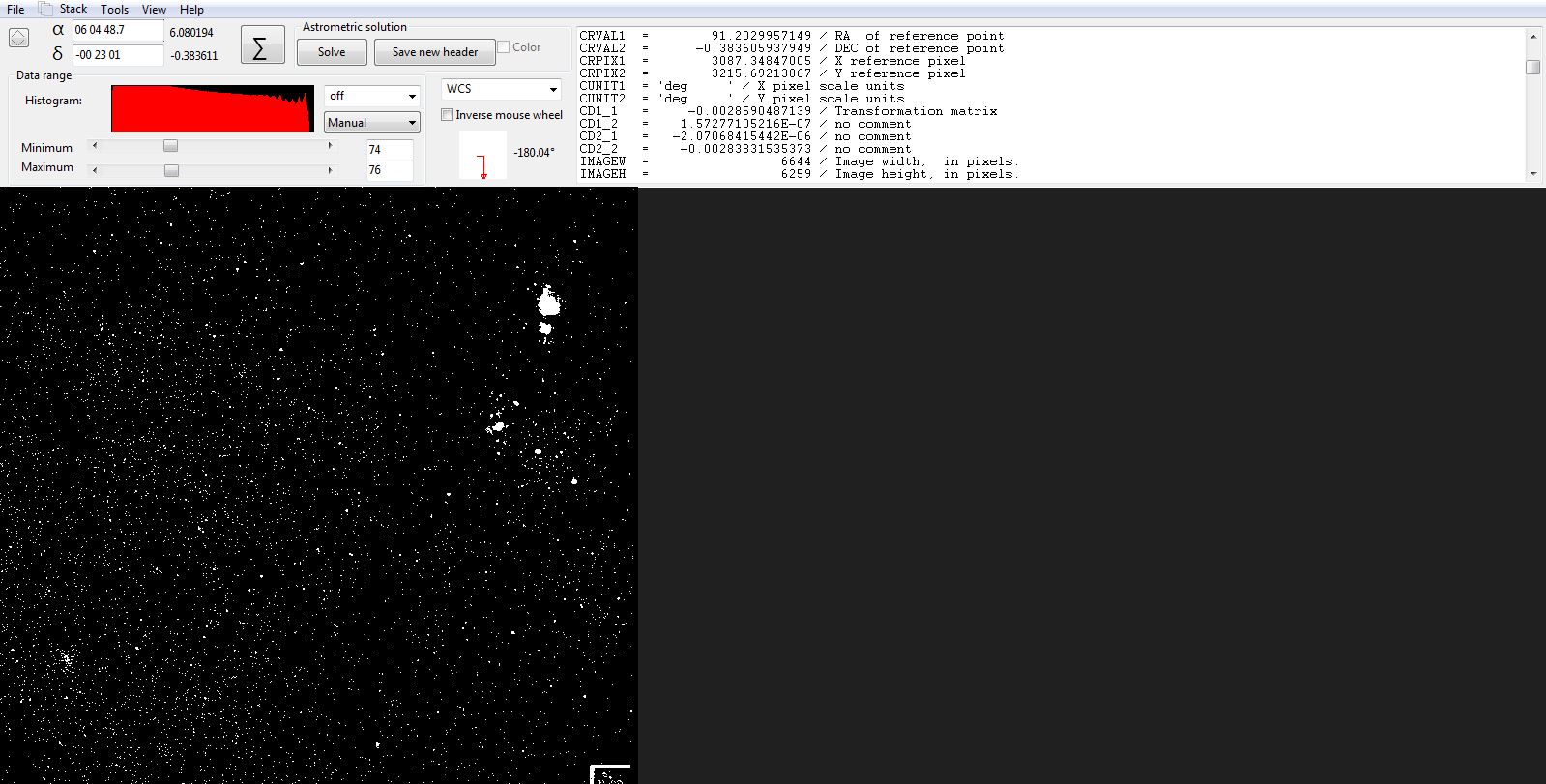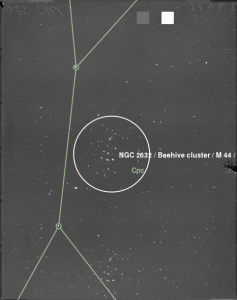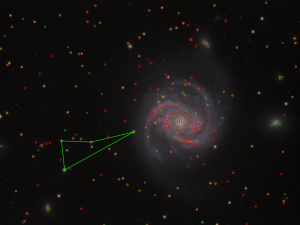

In addition to a larger catalogue of objects and a more accurate plate-solution, the advanced plate-solving available on AstroBin Ultimate also offers a Space Cursor to explore coordinates on your images, and full customization of the annotated objects, so you can turn on or off any of the categories above. GCVS (General Catalogue of Variable Stars)

We hope this will help organize, annotate and make searchable all the worlds astronomical information.
Astrometry .solved plus#
Given a list of known sources in an image and their fluxes or an image, matches the image to the sky and constructs a WCS solution. We have built this astrometric calibration service to create correct, standards-compliant astrometric meta-data for every useful astronomical image ever taken, past and future, in any state of archival disarray. a FITS BINTABLE of the sources we extracted, plus headers that describe the job (how the image is going to be solved). The following object categories are available as annotations: The module astroquery.astrometrynet provides the astroquery interface to the plate solving service. This means that wide fields will especially enjoy a more accurate plate solution. With the advanced plate-solution provided by PixInsight, available in the AstroBin Ultimate subscription plan, images will be solved with a higher level of accuracy that accounts for field distortions (read more here). Some examples of what it looks like for AstroBin Lite and Premium The biggest limitation is that wide-field images are going to be less accurate due to field distortion (plate-solving works by star triangulation and wide fields will suffer from distorted angles).Īnnotations are only displayed, as they have since 2010, on the main image page, but not in high resolution. The annotations identify most Messier, NGC, and IC objects, plus named stars. (Select all that apply) mass of the exoplanet. Question: The Astrometry technique is useful in finding the. distance to the exoplanets system from Earth. When you are just outside the 0.4 range, it may sometimes work and sometime not work, depending on the number of asterisms that it finds in your camera's FOV.

plate solve them with a locally installed version of . According to the ASIAIR User's Manual, the original ASIAIR only supports Plate Solving for an FOV that is greater than 0.4. (Select all that apply) mass of the exoplanet. I expect the solution is simple, as I have a few other similar scripts working. Users of the AstroBin Lite and Premium subscriptions get access to the regular plate-solving experience that has been on AstroBin since the beginning: it uses as a backend, and accurately solves most deep-sky images. The Astrometry technique is useful in finding the.

Astrometry .solved pdf#
Relativity in Fundamental Astronomy: solved and unsolved problems PDF file 1. Thanks to these tools, you can automatically identify and highlight deep-sky objects in your images, including nebulae, galaxies, stars, planets and a growing catalogue of asteroids. Solved and Unsolved Problems in Number Theory and Geometry. Silicated Iron and Stoney Iron Meteorites.AstroBin interfaces with and PixInsight to provide state-of-the-art plate-solution overlays and precise astrometry data. Stones or Stone Meteorites and Irons or Iron Meteorites. Rocky Meteorites and Metallic Meteorites. (20 of 50) What are the two basic types of meteorites? Meteors and Meteoroids. For the Doppler Method, on the other hand, we need only measure the Doppler Shift of the light we receive from distant stars and this is independent of our distance from them. Astrometry is more difficult because distant stars move an extremely small amount as viewed from Earth, so it is difficult to measure that motion. The Doppler Method, on the other hand, relies only on our ability to measure the actual change in position of the host star over time. Astrometry relies on our point of view being one where the exoplanets actually pass in front of their host star. For Astrometry, on the other hand, we need only measure the frequency shift of the light we receive from distant stars and this is independent of our distance from them. Transcribed image text: (48 of 50) Why is the Astrometry method more difficult than the Doppler method? The Doppler method is more difficult because distant stars move an extremely small amount as viewed from Earth, so it is difficult to measure that motion.


 0 kommentar(er)
0 kommentar(er)
